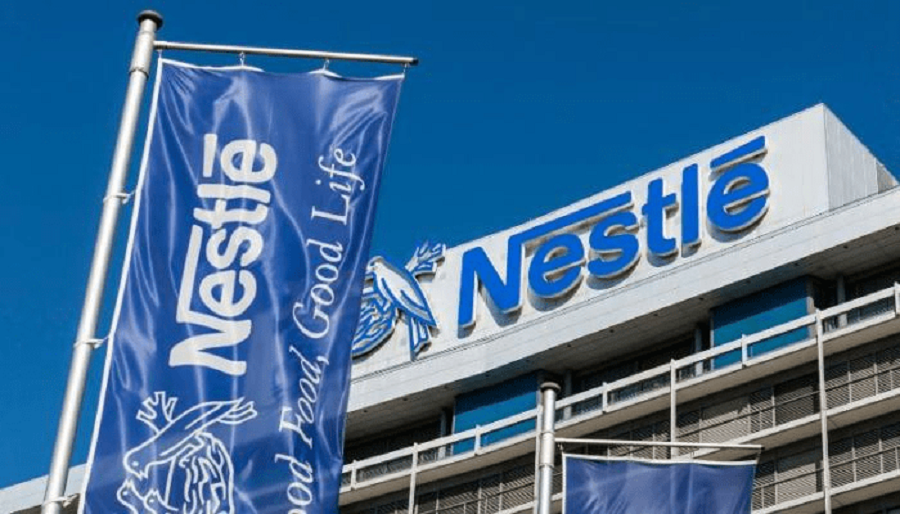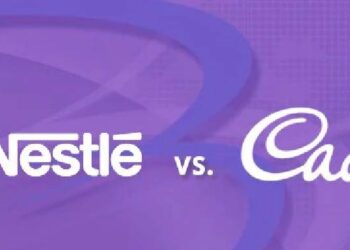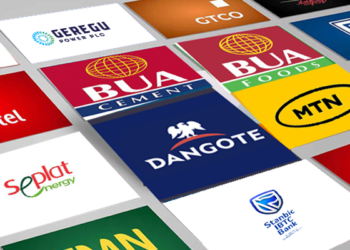Consumer goods behemoth, Nestle Nigeria Plc has reported a profit after tax of N27.1 billion for the first half of 2022, up from N21.7 billion in the same period last year.
This represents a 24.8% increase in earnings suggesting Nestle is crawling its way back from the minor setback of Covid-19. Revenues are also up 29% to N222.4 billion while operating profit (a very good measure of a company’s organic performance) is also up 27% to N46.1 billion all in the first 6 months of the year. A combination of higher prices and a rise in volumes has helped cushion the impact of higher direct and indirect costs and expenses respectively, even though operating profit margins are slightly lower.
We also observed Nestle’s finance costs rose massively in the first half of this year topping N6.9 billion double the cost in the same period in 2021. In fact, were it not for an exchange rate gain of N4.5 billion, the pre-tax profits may have been lower than last year’s. Nestle’s rising finance cost tracks back to 2019 when it reached out to its parent company located in South Africa for funding. The loans obtained have helped fund about N50 billion since 2019 (N21 billion in 2021 alone) in investments.
According to the company’s 2021 results, total loans from related parties stood at a whopping N76.8 billion representing a 3.6 multiple to its equity. The loans are denominated in United States dollars, attracting interest rate of USD Libor plus 11.34% and include a moratorium of interest payments.
This is the breakdown.
- A loan of US$ 100 million was approved for the Company by Nestle S.A. in April 2020 of which US$100 million was drawn down as at 31 December, 2021.
- The loan has tenor of 7 years (inclusive of moratorium period of 2 years on interests payment only) commencing from April 2020.
- The facility which is unsecured attracts interest at 3 months USD Libor plus a margin of 1134 basis points. There is no fixed payment period agreed in the loan contract. Payment is to be made subject to availability of FX.
- An additional US$ 100 million was approved for the Company by Nestle S.A. in September 2020 of which US$ 60.5 million was drawn down as at 31 December, 2021. T
- he loan has tenor of 7 years (inclusive of moratorium period of 2 years on interests payment only) commencing from September 2020.
- The facility which is unsecured attracts interest at 3 months USD Libor plus a margin of 747 basis points. There is no fixed payment period agreed in the loan contract. Payment is to be made subject to availability of FX.
Very few companies have the operating and financial competitiveness of Nestle so it is not difficult to see these loans as a financially expedient action by its board. There is little reason to be worried, at least for now.
Nestle has a healthy cash pile of N80 billion which is large enough to keep paying dividends while meeting other financial obligations. There are also no bank loans to service since intercompany loans were also used to repay banks. In addition, Nestle posted a return on average equity of over 100% in 2021 suggesting the business model is cheaper to fund with debt than with equity.
The loans are over 3x the equity which means it will rely heavily on the company’s organic cash flows to service the loans. That is also not a problem at least for now as the company has continued to deliver super profits and has maintained a dividend payout ratio of over 100% since 2019.
Using intercompany loans, especially in USD has also helped the company manage forex-related obligations which have been a major burden for most companies, especially its competitors. This gives the company a superior competitive edge when it comes to pricing and managing its inventory.
The loans and their attendant finance cost might help the company address its huge tax bill which has been stubbornly high at about 35% in the last three years (despite being 3.6x leveraged). Remarkable that Nestle’s debt is 3.6x equity, yet it pays 100% of profit as dividends and pays 35% of pre-tax profits as taxes. A peek into the company’s value-added statement also shows an optimal spread of value. About 28% for employees, 20% for taxes, 7% for finance costs, 8% for Capex, and 38% for shareholders, all on top of its intercompany loans.
The only concern for minority shareholders is the additional control Nestle SA has on the operations of Nestle Nigeria. The intercompany loans essentially give the parent even more control over what the company can do with its finances.
A potential headwind, however, is the risk of lower dividend payout if interest burdens pick up. 3 months LIBOR is currently around 3.6% so interest rates on dollar loans are now around 14% per annum. A lower dividend payout ratio will impact dividend yield which averages 3-4%. A lower yield could slow down capital appreciation or erode it in times of capital market downturn.
This aside, Nestle’s intercompany loans are a financial masterpiece with a super financial benefit for its capital structure at least for now.























